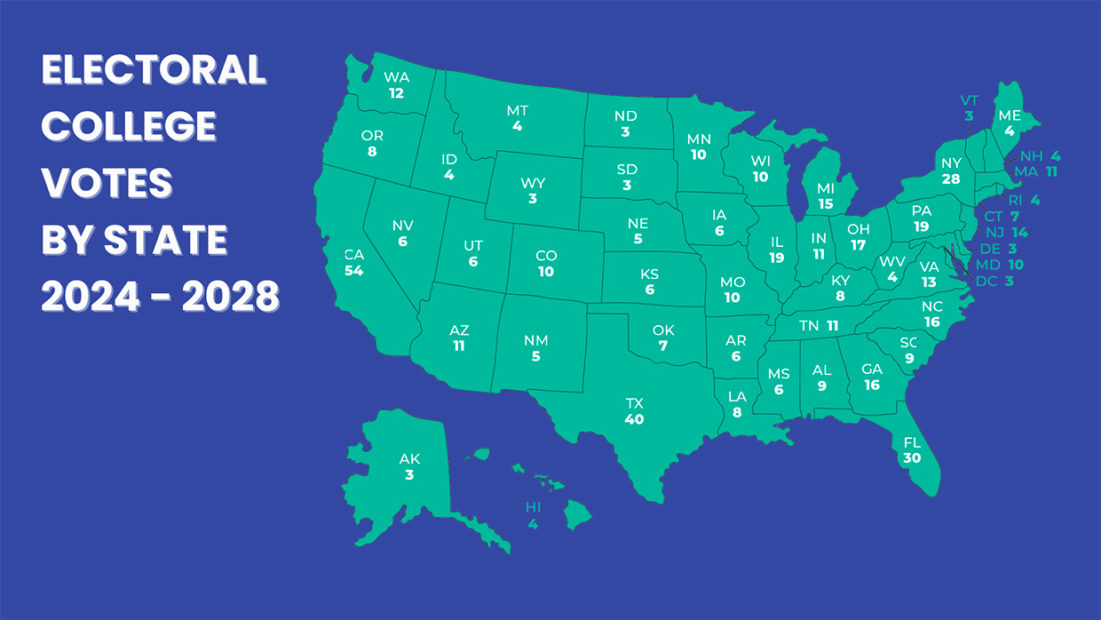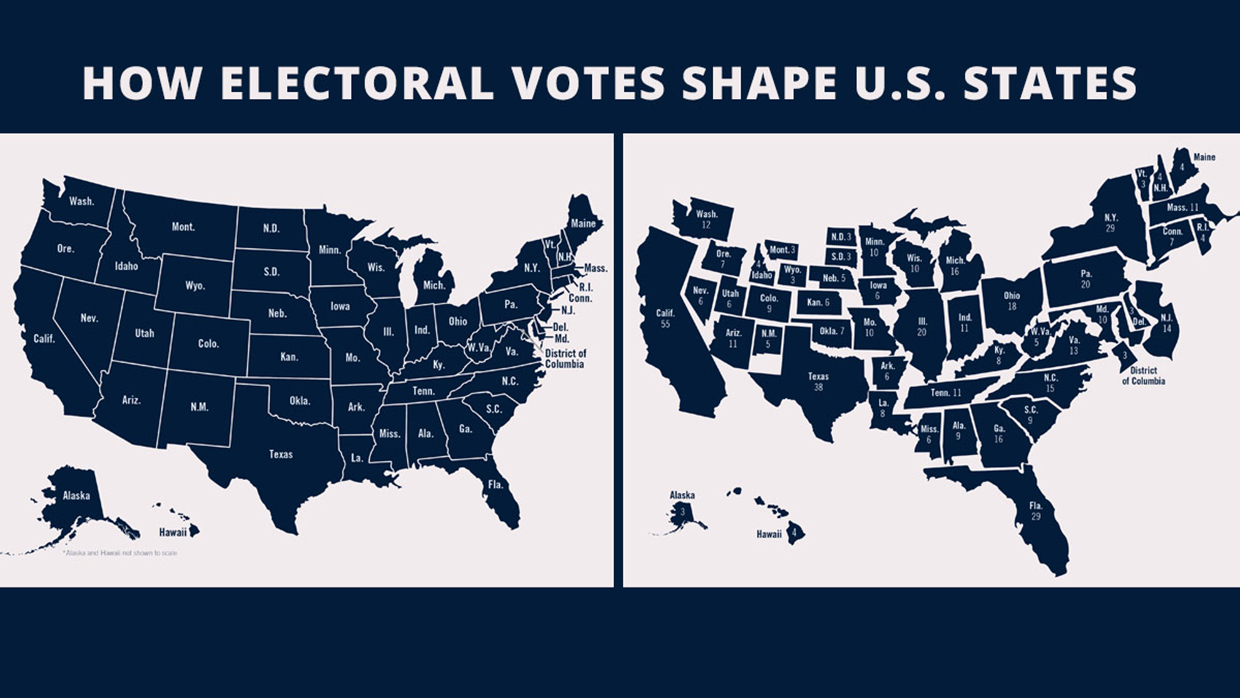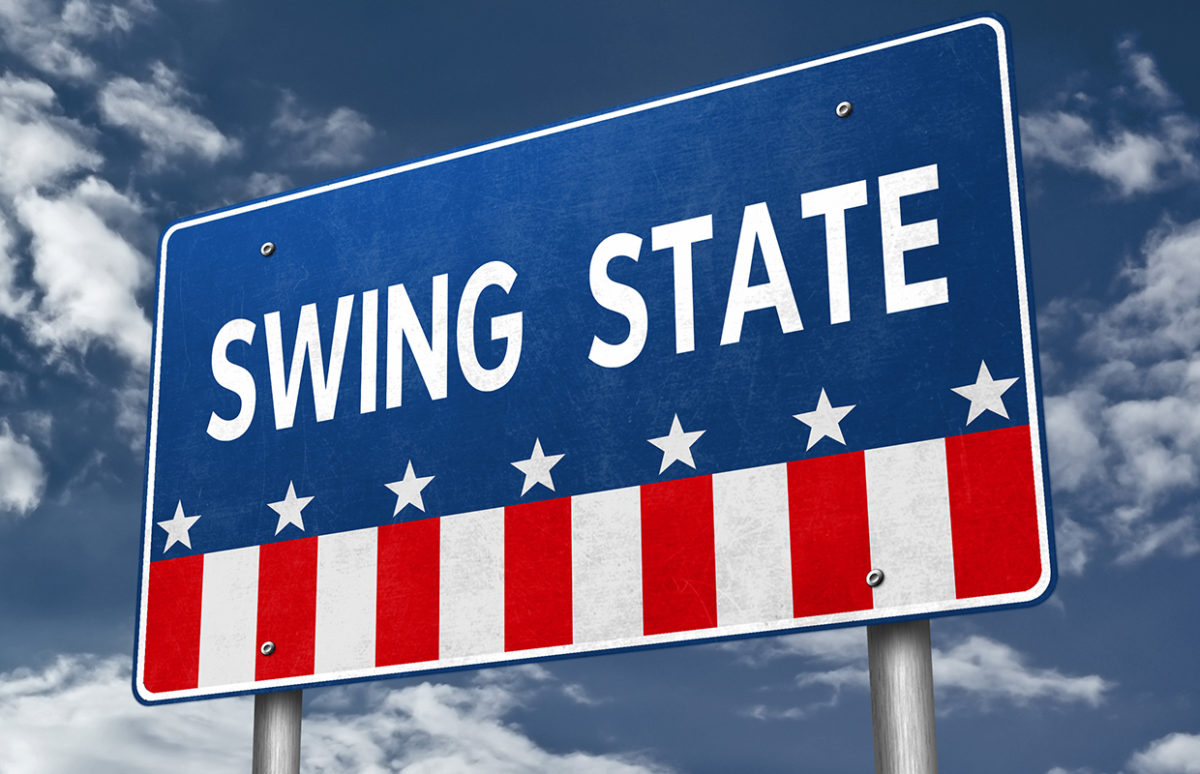All U.S. states are not equal when it comes to time and budget lavished on them by presidential candidates and political parties. Most of the focus is on states which are variously referred to as swing states, battleground states or purple states.
In the presidential election, it's not the national popular vote that counts, but state-by-state wins, and the electoral college votes they represent. States have a number of electoral college votes relative to their population so a populous state like California (54 votes) is a lot more interesting to candidates than Wyoming with three.

In the elections for Congress a similar logic operates. In the Senate all states have the same number of seats, but in the House of Representatives, states are allocated seats by population, like the electoral college. So again the populous states attract more campaign promises and funding.

Swing States
Beyond pure numbers, there are also well-entrenched voting traditions in many states. So although the parties campaign there, they focus their efforts on states with less clear-cut traditions: swing states vary their vote from one election to another and so seem more persuadable. They are also often referred to as purple states since the two parties are represented by red (Republicans, or GOP) and blue (Democrats).

Experts differ on which states to consider swing or battleground in any specific election. Those most quoted for 2024 are Arizona (11 EC votes), Georgia (16), Michigan (16), Pennsylvania (20) and Wisconsin (10). Some observers also include Nevada (6), North Carolina (15) and Minnesota (10).
Copyright(s) :
Shutterstock
U.S. gov
State Department
Statista/FEC
Tag(s) : "Congress" "EMC" "parcours citoyen" "president" "U.S. elections" "U.S. president" "White House"





